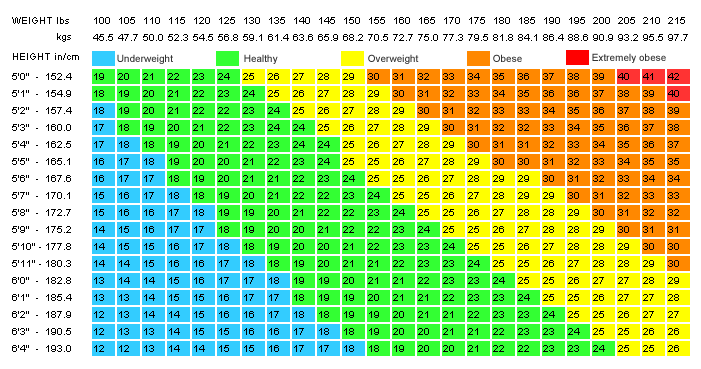What is BMI?
BMI means body mass index. It is also known as Quetelet index. It is an assessment parameter for objectively determining the degree of obesity of an individual. It takes into cognizance the weight of an individual in kilograms and the height in m². it is defined as the individual’s body weight in kilograms divided by the square in meters of their height i.e. wt(kg)/ht(m²). The normal value ranges between 18.5 – 24.9. See
chart below:

BMI thus allows for a simple numeric measurement of a person's "fatness" or "thinness" thus allowing health professionals to discuss over- and under-weight problems more objectively with their patients.
BMI Prime: is a simple modification of the BMI system. It is the ratio of actual BMI to the upper limit of normal BMI (currently defined at BMI 25).
- As defined, BMI Prime is also the ratio of actual mass to upper mass limit, calculated at BMI 25
- Individuals with BMI Prime < 0.74 are underweight
- Those between 0.74 and 0.99 have optimal weight
- Those at 1.00 or greater are overweight.
- BMI Prime is useful clinically because individuals can quantify, at a glance, what percentage they deviate from their upper mass (or weight) limits
A person with BMI 34 has a BMI Prime of 34/25 = 1.36, and is 36% over his upper mass limit
Merits of BMI
- Easy to measure
- Useful in simple anthropometric classification
- No adjustments necessary for racial variation
- Useful in surveys
NOTE: Body weight in pregnancy increases by average of 12.5Kg, 60% of which is water
Demerits of BMI
- Inaccurate in assessment of people with heavy muscular mass – athletes, weight lifters, etc
- Does not take regional fat distribution into account
- Underestimation of adiposity on those with less lean body mass (e.g. the elderly)
Next page: Alternative to BMI
Contributed by: Dr John Esin (UBTH)